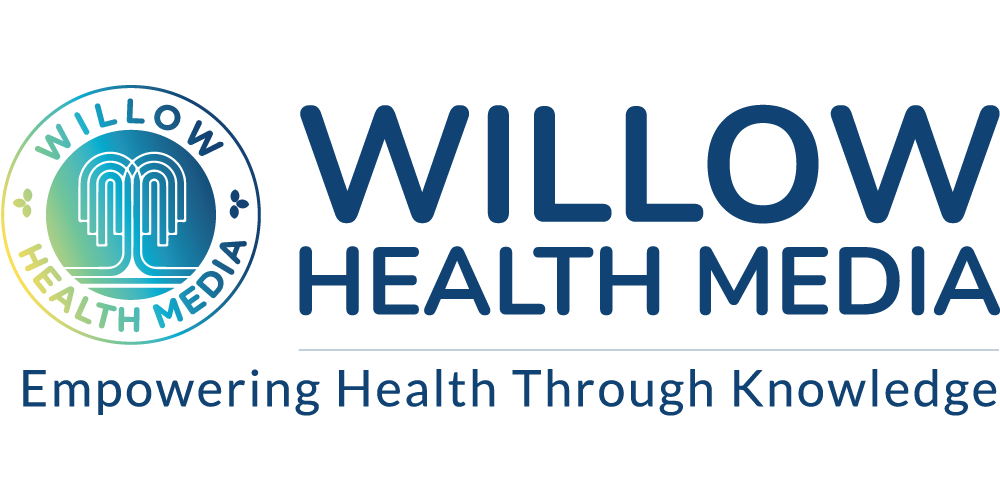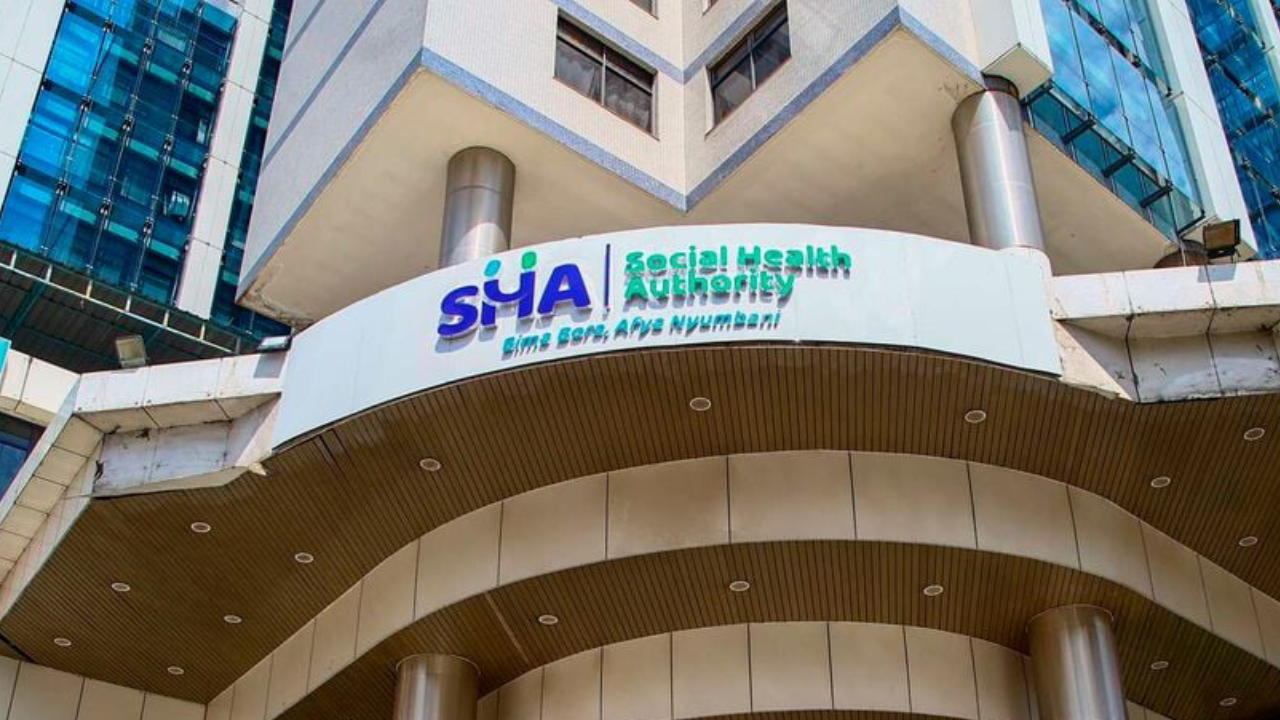Financial strain in health facilities results in shortages of essential supplies, salary delays and risk of auction due to debts
The Social Health Authority (SHA) replaced the National Hospital Insurance Fund (NHIF) in October last year, but it has since been dogged by several headaches: Delayed payments for claims, financial strain, technical system failures and shortage of essential supplies.
Reports from Rural & Urban Private Hospitals Association of Kenya (RUPHA) – which has been studying the transition – reveal that over half of the health facilities contracted by SHA did not receive payments for claims submitted in the final quarter of 2024.
Only 42 per cent reported receiving payments, with a mere six per cent receiving reimbursements covering over 80 per cent of their claims.
This has resulted in severe financial strain, with 89 per cent of facilities unable to meet operational costs and 87 per cent struggling to pay staff.
Other challenges are technical issues which hindered the processing of claims and delivery of services, considering that about 29.3 per cent of hospitals have challenges accessing the SHA system, including being locked out or having non-functional credentials.
The RUPHA report also noted operational challenges occasioned by financial difficulties resulting in 81 per cent of facilities being unable to pay suppliers, leading to shortages of essential supplies. Additionally, 74 per cent are experiencing shortages of essential supplies, and 32 per cent are at risk of auction due to unpaid debts.
Launched across Kenya, SHA has taken notable steps to replace NHIF which was plagued by graft, inefficiency, and confusion.
Dr Brian Lishenga the chair of RUPHA told Willow Health in a separate interview that though many assumed SHA would seamlessly replace NHIF overnight, such a shift was always going to be complex. He singled out the provider portal as a major hurdle, which though it functioned well in controlled environments, the system faltered when rolled out in real-world settings.
“Compounding the problem was the scale of the transition,” explained Dr Lishenga. “NHIF previously worked with about 8,800 healthcare facilities, but the number rose to between 12,000 and 13,000 under SHA, adding 4,000 facilities that had never worked with NHIF or similar systems.”
He added: “These new entrants required extensive guidance to adapt. On top of this, 56 million Kenyans—most of whom were unfamiliar with the system—needed to be brought on board, adding another layer of complexity.”
From October 3 to October 13, 2024, data collected by the Ministry of Health from 19 counties revealed that 6,952 healthcare providers and 18,996 users had enrolled in the new system.
However, the rates of successful logins expose ongoing engagement challenges. Nairobi leads the way in enrollments, with 397 providers—74.63 per cent successfully logging in—and 1,636 users, of whom 53.24 per cent accessed the platform successfully.
Other counties display mixed results. Homa Bay enrolled 273 providers, but only 61.09 per cent logged in successfully. User engagement is notably lower, with just 41.37 per cent of 568 users accessing the system.
Similarly, Kitui’s 230 enrolled providers achieved a 56.09 per cent successful login rate, while only 31.51 per cent of its 530 users logged in, revealing a significant gap in user participation.
Contrasting patterns emerge in counties like Makueni and Bungoma. Makueni reported a dismal 30.93 per cent provider login success, with only 73 of 235 providers accessing the platform. In contrast, Bungoma exhibited a more balanced performance, where 62.33 per cent of its 215 providers logged in successfully, though the user success rate stood at only 33.17 per cent Kajiado stands out with the highest provider login success rate at 75.72 per cent, despite a moderate user engagement of 46.88 per cent.
To facilitate the transition from NHIF to SHA, 11,258 healthcare providers have been trained on the SHA Claims Portal via webinars and in-person at various facilities to ensure a seamless claims processing experience and aligns with Kenya’s healthcare reform objectives. However, emphasis on effective training, user engagement, and streamlined processes will be crucial in transforming Kenya’s healthcare system for the better.
Besides the training of the healthcare providers, Dr. Abdi Mohamed, Chairperson of SHA, recently outlined key priorities for ensuring a successful rollout of the SHA programme.
In an interview with Willow Health, he emphasized the need for spreading awareness to the grassroots level, particularly in rural villages so that communities can fully understand the purpose and benefits of SHA. He noted that effective communication would be critical to building public trust and participation.
Another immediate priority, according to Dr Mohammed, is to clear outstanding SHA bills to maintain credibility with healthcare providers and ensure continuity of services.
Dr Mohamed also pointed out the need to operationalize emergency and ambulance services vital for addressing urgent healthcare needs even as “SHA aims to onboard as many Kenyans as possible, with a particular focus on the self-employed, including boda-boda riders, farmers, and members of cooperatives,” he said.
Dr Mohammed also notes that “with the supplementary budget expected in the new year, SHA plans to address the lingering debts of NHIF as part of the transition to the new system.”
Despite these challenges, Dr. Lishenga commended SHA’s efforts, stating that things could have been much worse given the scale and complexity of the transition. He advocates for a fully population-based capitation model, which he argued would work well in Kenya, given its young and healthy population.
In this model, healthcare providers would receive a fixed amount of funding to care for a defined population, ensuring equitable access to services. For instance, if a region with 100,000 people were allocated Ksh90 million annually, providers would use that funding to deliver comprehensive care for everyone, regardless of how frequently individuals seek services.
However, Dr. Lishenga noted that the current system leans more toward fee-for-service under the guise of capitation. Providers are reimbursed based on the number of patients and the care provided, undermining the predictability and efficiency of a true capitation model. Fully implementing a population-based capitation system, he concluded, would be essential for addressing these challenges and ensuring the long-term success of SHA.





















